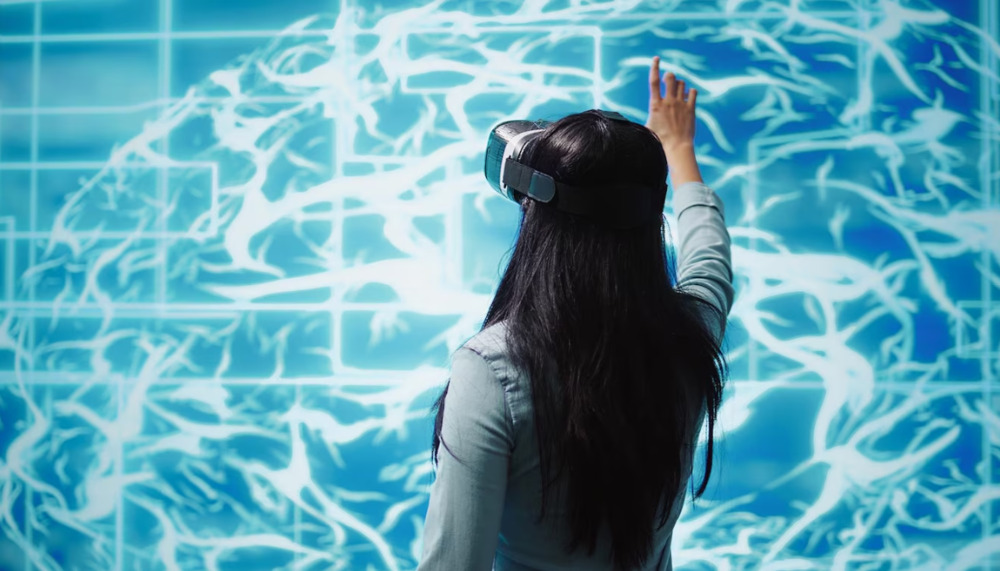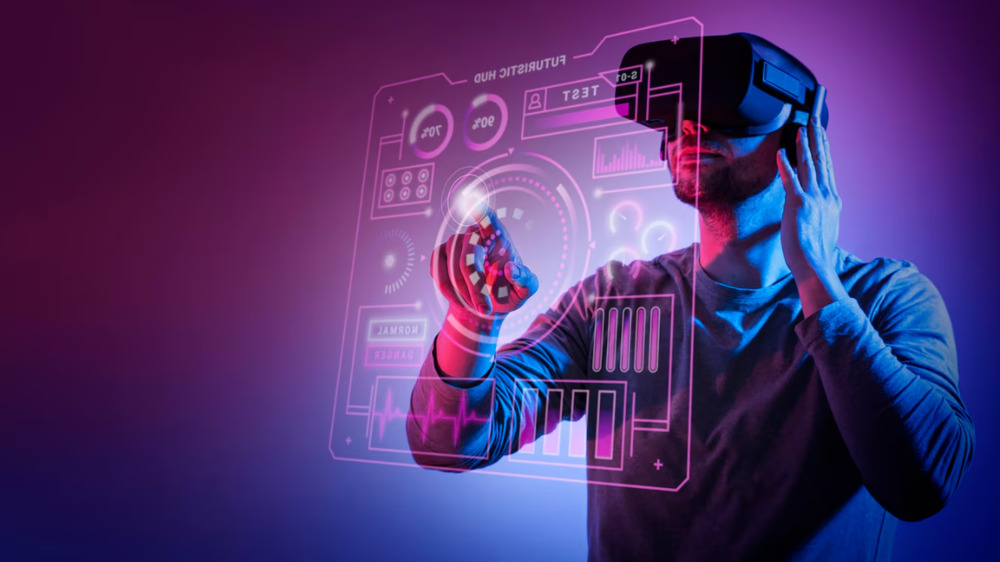Imagine a world where you can control your devices just by thinking about them. ? This futuristic concept is becoming a reality thanks to the rapid advancements in Brain-Computer Interfaces (BCIs). These innovative technologies are not only transforming the way we interact with machines but also opening up new possibilities in healthcare, gaming, and communication. In this blog, we will explore the current state of BCIs, their potential applications, and the challenges that lie ahead.

What Are Brain-Computer Interfaces?
Brain-Computer Interfaces are systems that facilitate direct communication between the brain and external devices. They work by interpreting brain signals and translating them into commands that can control computers, prosthetics, or even virtual environments. The technology relies on various methods, including electroencephalography (EEG), functional magnetic resonance imaging (fMRI), and invasive neural implants.
Current Market Trends
The BCI market is experiencing exponential growth. According to a recent report by MarketsandMarkets, the global BCI market is projected to reach $3.7 billion by 2027, growing at a compound annual growth rate (CAGR) of 14.3% from 2022. ?
| Year | Market Size (in Billion USD) | CAGR (%) |
|---|---|---|
| 2022 | 1.5 | 14.3 |
| 2023 | 1.7 | 14.3 |
| 2024 | 1.9 | 14.3 |
| 2025 | 2.2 | 14.3 |
| 2026 | 2.6 | 14.3 |
| 2027 | 3.7 | 14.3 |
Applications of BCIs
The applications of BCIs are vast and varied. Here are some of the most promising areas:
-
Healthcare: BCIs are being used to help individuals with disabilities regain control over their lives. For instance, researchers at the University of California, San Francisco, have developed a BCI that allows paralyzed patients to control a computer cursor using their thoughts. This technology has the potential to revolutionize rehabilitation and assistive technologies. ?
-
Gaming: The gaming industry is also exploring the use of BCIs to create immersive experiences. Companies like Neurable are developing games that allow players to control characters using their brainwaves. Imagine playing a game where your thoughts dictate your actions! ?
-
Communication: BCIs can facilitate communication for individuals with speech impairments. For example, the BrainGate project has enabled people to communicate through a computer interface using their brain signals, providing a voice to those who have lost the ability to speak. ?️
Challenges Ahead
Despite the exciting potential of BCIs, several challenges remain. One of the primary concerns is the ethical implications of such technology. Issues related to privacy, consent, and the potential for misuse must be addressed as BCIs become more integrated into society. Additionally, the technology is still in its infancy, and further research is needed to improve accuracy and usability.
Future Prospects
The future of BCIs looks promising. As technology continues to advance, we can expect to see more sophisticated interfaces that offer greater control and functionality. According to a report by ResearchAndMarkets, the BCI market is expected to witness significant innovations, including the development of non-invasive methods that could make the technology more accessible to the general public. ?
| Year | Expected Innovations | Potential Impact |
|---|---|---|
| 2023 | Improved EEG devices | Enhanced usability for users |
| 2025 | Non-invasive implants | Broader applications in healthcare |
| 2027 | AI integration | Smarter and more responsive systems |
Conclusion
Brain-Computer Interfaces are on the brink of transforming our interaction with technology. As we continue to explore the possibilities, it is essential to navigate the ethical landscape carefully. The future may hold a world where our thoughts can seamlessly control our devices, making life easier and more connected. ?
For those interested in diving deeper into the world of BCIs, resources like the Neuroscience News and IEEE Spectrum provide valuable insights and updates on the latest research and developments.
As we stand at the intersection of neuroscience and technology, one thing is clear: the mind is just the beginning. ?✨



